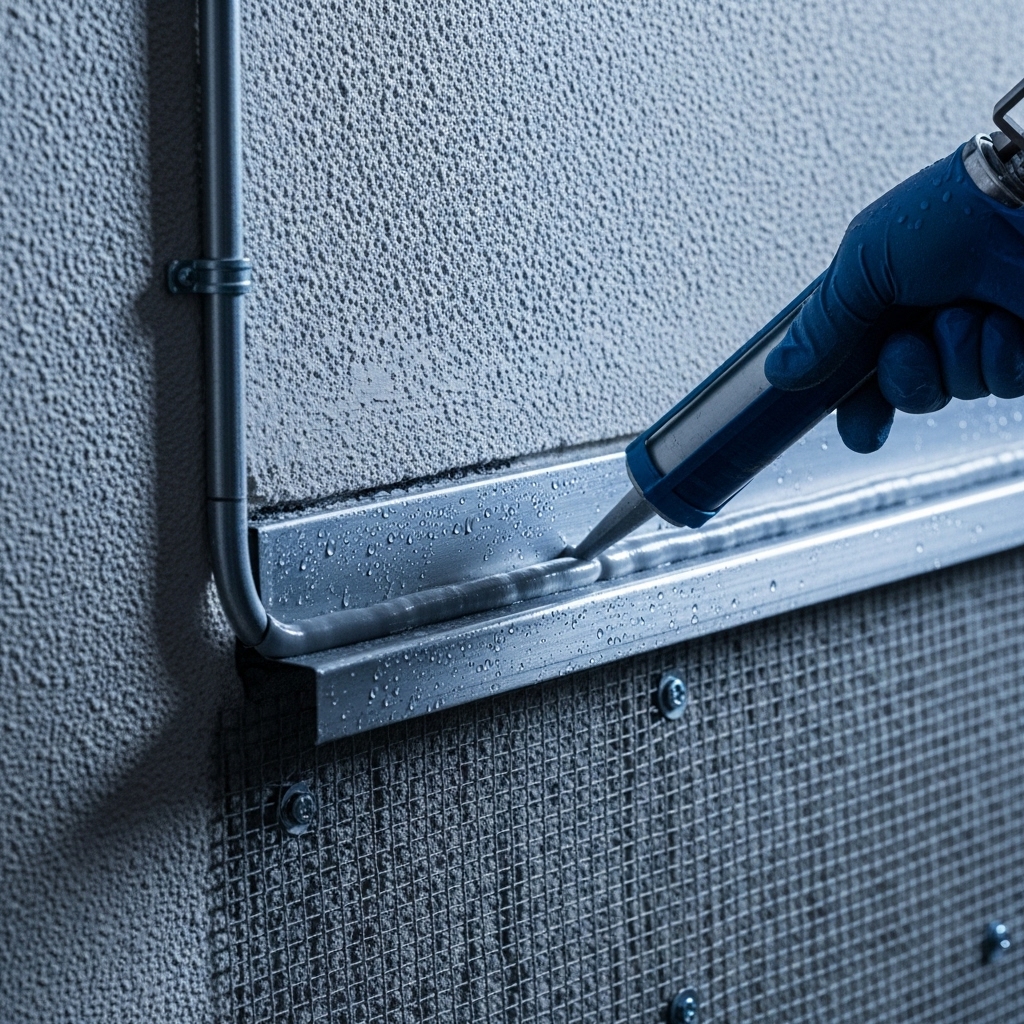Walk any block in Los Angeles and you will see the city’s architectural diversity on display—stucco cottages, glassy new builds, post-and-beam gems tucked into hillsides. What you will not see are the small gaps and weak points that make these structures attractive to rodents. The most effective products for protecting a home here are not gimmicks, but durable materials chosen for our climate and installed with care. If you are exploring professional-grade solutions and want to understand which products really matter for successful rodent proofing, this guide explains what works, why it works, and how it is applied in Los Angeles homes.
Rodent behavior drives product selection. Mice and rats compress their bodies to squeeze through openings that seem impossibly small. They climb with ease, jump surprising distances, and gnaw persistently where materials allow it. Products that block access must be chew-resistant, corrosion-resistant where needed, and fitted so precisely that even temperature-driven expansion and contraction do not create new gaps. In other words, the right product is only as good as its installation—and the installation is only as good as its fit to the home’s specific conditions.
Hardware Cloth and Rodent-Resistant Screens
Hardware cloth of the correct gauge is the backbone of exclusion work. Used to cover vents, soffits, and utility penetrations, it provides strength without blocking airflow. In coastal neighborhoods from Venice to Redondo, stainless or galvanized options resist corrosion better than lighter-duty alternatives. For gable vents and roofline intakes, rodent-resistant screens that maintain ventilation while preventing entry are essential. Proper fastening with corrosion-resistant screws or staples ensures longevity in wind and heat.
Metal Flashing and Sheet-Metal Fabrications
Where rodents apply chewing pressure—at roof returns, fascia intersections, and conduit openings—metal flashing is the product of choice. Flashing can be custom-bent to cover irregular shapes and installed so that it sheds water while closing gaps. Sheet-metal collars around pipes and conduits create a tight seal that soft materials cannot match. In hillside and canyon homes with complex roof geometry, these fabrications are especially valuable.
High-Quality Sealants Used Strategically
Sealants alone are not a barrier to determined rodents, but they are critical when used in combination with metal and mesh. The right sealant bridges small irregularities, weathertightens joints, and prevents vibration from loosening fittings. In warm Valley summers, products must tolerate heat without softening; near the ocean, they must resist moisture and salt air. Strategic application around protected penetrations completes the seal while maintaining clean lines.
Door Sweeps and Threshold Solutions
Garage doors and side entries are frequent weak points. Even a sliver of daylight under a door can invite nightly visitors. Durable door sweeps, properly sized and installed, make a visible difference. For irregular concrete, threshold solutions can be adjusted to create full contact and eliminate small gaps. Quality weatherstripping around jambs rounds out the seal, making doors a non-issue for rodents searching for easy access.
Chimney Caps and Vent Covers
Chimneys and roof vents act like open invitations if left unprotected. Chimney caps designed to exclude animals, combined with spark arrestors where appropriate, block entry while allowing proper function. For bath and dryer vents, exterior covers with backdraft dampers keep openings closed when not in use. In wind-prone canyon areas, secure fasteners and correct fit ensure covers do not rattle loose over time.
One-Way Doors for Humane Exit During Transition
When sealing a home where rodents are confirmed inside, one-way doors can be used temporarily to allow exit without re-entry. These devices, installed at strategic points, support a humane transition as the structure is closed up. Once monitoring confirms activity has ceased, the one-way devices are removed and the points are permanently sealed. Used judiciously, they support a clean handoff from an active space to a sealed, quiet home.
Traps as Verification Tools
Trapping is not a long-term solution by itself, but traps are useful as verification during and after exclusion. Properly placed, they indicate whether rodents remain inside after sealing and whether activity has been eliminated. This information helps guide the timing of final closures and supports confidence that the structure is truly protected.
Insulation and Sanitation Supplies
When contamination is present, removing soiled insulation under proper containment and reinstalling fresh material resets the environment. Deodorizers and disinfectants designed for enclosed spaces help neutralize odors and reduce residual cues that attract rodents. In combination with exclusion products, sanitation supplies complete the transformation from accessible to uninviting.
Choosing Products for LA’s Microclimates
Along the coast, prioritize corrosion resistance; in the Valley, choose materials that handle sustained heat; in canyons, use fasteners and covers that withstand gusts and swirling debris. Product selection is not about brand names so much as matching performance characteristics to your home’s stresses. Experienced technicians carry a variety of options because one material does not fit every situation.
Why Installation Quality Matters as Much as Product
Even the best screen fails if it is undersized or attached at weak points. A door sweep that drags on the floor may be adjusted by a well-meaning family member, creating a gap. A vent cover installed out of square may look fine but leave a corner open where the stucco dips. The craftsmanship behind the product—fit, alignment, fastening, and finish—turns good materials into lasting protection.
Midway through a project, many homeowners start to feel the difference as gaps disappear and the home quiets down. That is the real proof that the right products, applied with intention as part of comprehensive rodent proofing, make a practical, everyday improvement you can sense in the way your home sounds and feels.
Working With Your Home’s Design
Los Angeles homes often have design details worth preserving—decorative vents, period-appropriate trim, clean modern lines. The best products can be integrated without compromising aesthetic. Screens are cut to fit behind grilles, flashings are painted where appropriate, and door sweeps are selected for low visual impact. A sensitive approach respects your home’s character while closing the door to unwanted guests.
Aftercare: Keeping Products Performing
Once installed, occasional checks after storms, roof work, or remodels keep everything tight. Touching up paint on exposed flashings, confirming that vent dampers move freely, and ensuring door sweeps remain aligned are small tasks that extend life. If a new service installs a cable or conduit, ask them to seal around it properly—or invite your proofing team back to do it right.
Frequently Asked Questions
Q: What products are must-haves for most LA homes? A: Rodent-resistant vent screens, hardware cloth, properly sized door sweeps, and metal flashing at key penetrations are core components. Chimney caps and secure vent covers are also common needs.
Q: Do ultrasonic devices or repellents work? A: They may provide temporary discomfort, but rodents adapt quickly. Durable, physical barriers and sanitation are the proven path to lasting results.
Q: How do I know if a product is the right grade for my area? A: Match materials to conditions—corrosion-resistant near the coast, heat-stable inland, and wind-secure in canyons. A local technician will make recommendations based on your exact location.
Q: Will these products change how my home looks? A: Installed thoughtfully, they are discreet. The goal is to protect function and maintain form, so the improvements blend in while delivering strong performance.
Q: Are traps or poisons part of the product mix? A: Traps are tools for verification during exclusion. Poisons are generally avoided to protect pets, wildlife, and indoor air quality.
Q: How long do these products last? A: Quality materials installed correctly provide long service life. Periodic checks and minor maintenance after major weather or construction keep them at peak effectiveness.
Q: Can I install these myself? A: Some items are homeowner-friendly, like basic door sweeps. Roofline work, custom flashing, and vent screening often require specialized tools and safe access, which is where professionals add value.
Your home deserves solutions that are as resilient as they are respectful of its design. If you are ready to protect your space with durable materials and careful installation, schedule an inspection with local specialists who focus on practical, long-lasting rodent proofing. With the right products in the right places, your Los Angeles home can stay clean, quiet, and comfortable through every season.

